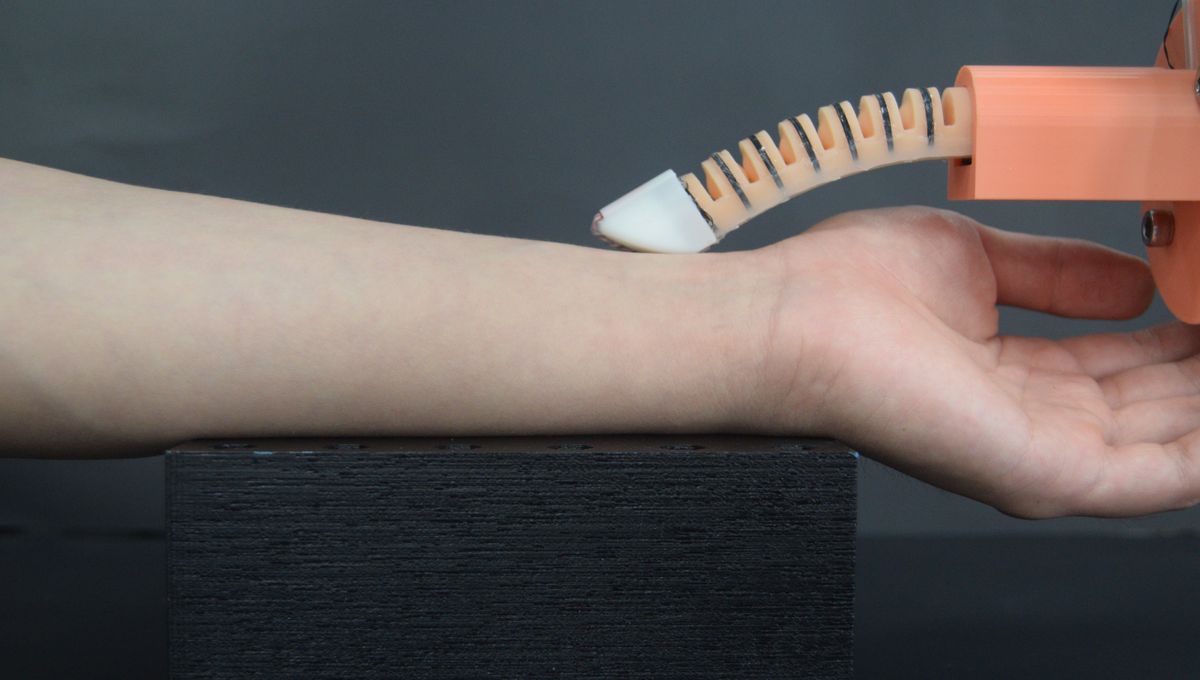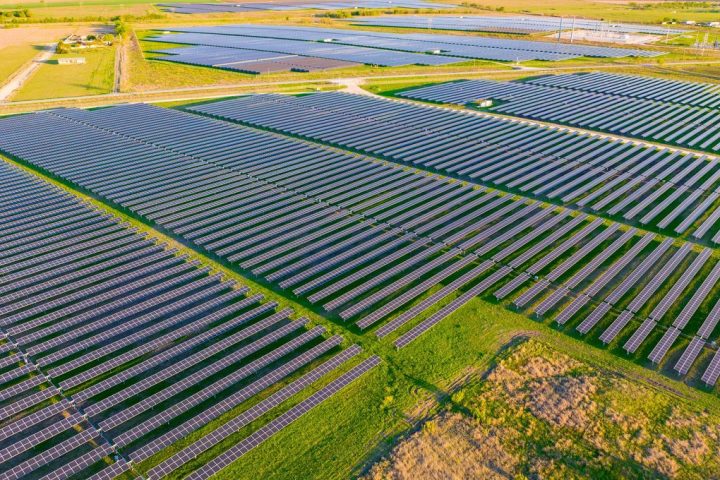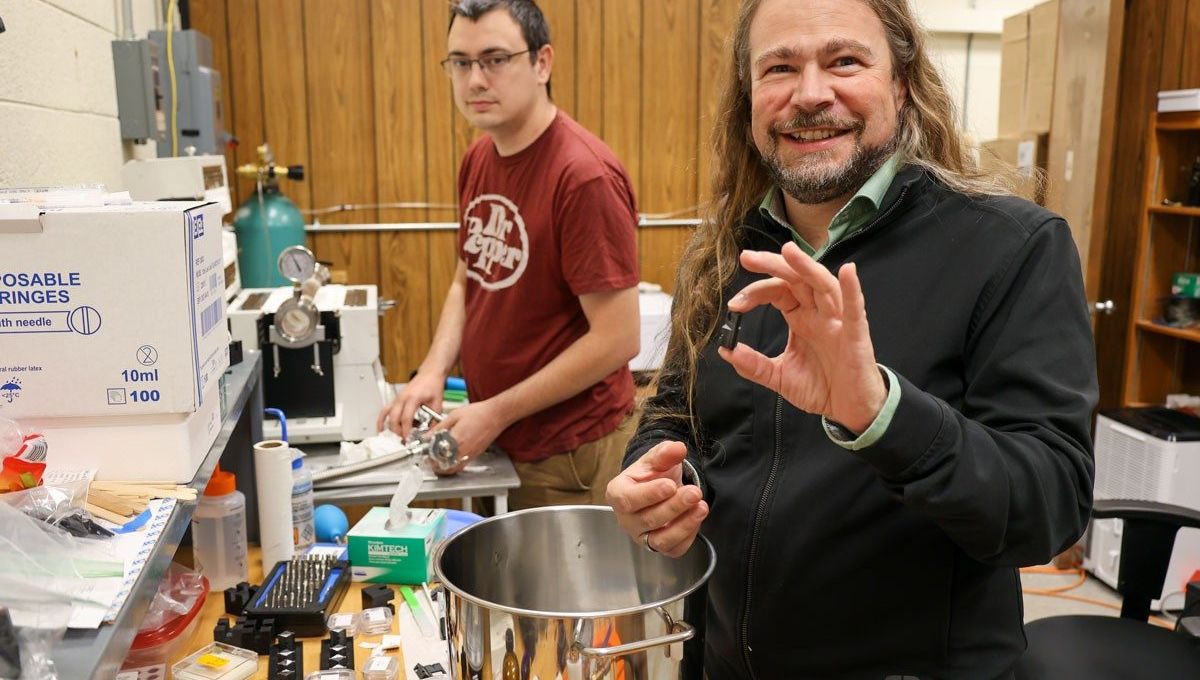The hope is that this technology may revolutionize the way doctors detect diseases like breast cancer at an earlier stage. Imagine earlier treatment options and more comfortable physical examinations for patients!
Most of us probably take our fingers for granted, but these versatile digits play a crucial role in our daily lives. They help us interact with the world around us, communicate, and feel the touch of others.
Within the medical field, the sensitivity and precision of human hands are invaluable for detecting and diagnosing various conditions. Palpation, a technique using fingers and hands during examinations, can reveal hidden risks like cancers, aneurysms, and more.
However, not all doctors are trained equally in these techniques, leading to potential missed diagnoses. Robotic alternatives could bridge this gap, but current models have limitations. Some are too rigid, risking damage during examinations, while others lack sensitivity.
Researchers have now developed a soft robotic finger that mimics human touch, offering a promising solution for medical examinations. This breakthrough could revolutionize healthcare in underserved areas with limited access to skilled professionals.
“,” Wang said in a statement. “Combined with machine learning, automatic robotic examination and diagnosis can be achieved, particularly beneficial for these undeveloped areas where there is a serious shortage in health workers.”
The robotic finger’s ability to sense and respond to objects in real time mirrors human touch. Its high sensitivity was demonstrated by various tests, including identifying lumps and measuring a patient’s pulse.
This innovative technology opens doors for robotic examinations and could potentially transform healthcare practices in the future.
“We hope to develop an intelligent, dexterous hand, together with a sensorized artificial muscle-driven robotic arm, to mimic the unparalleled functions and fine manipulations of the human hands,” Wang added.
The study is published in the journal Cell Reports Physical Science.
rnrn








